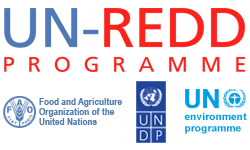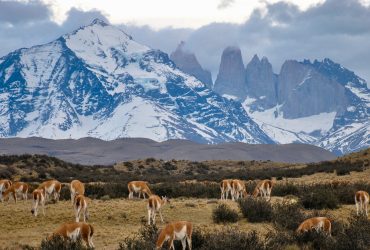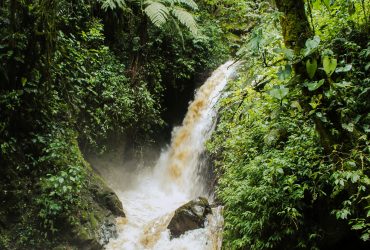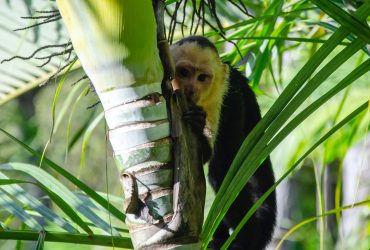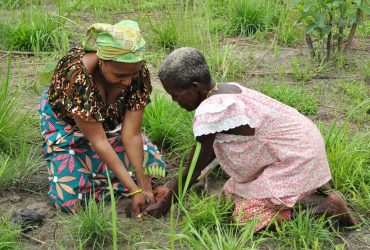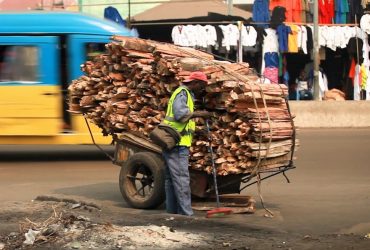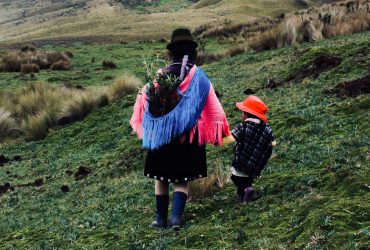PROGRESS AGAINST THE WARSAW FRAMEWORK
NS/AP: The national REDD+ mechanism started in 2008 when the country became a participant of the Forest Carbon Partnership Facility (FCPF) after approval of the Forest Carbon Partnership Readiness Plan Idea Note (ER-PIN). Since 2013, with grants from FCPF, Austria Development Cooperation (ADC) and the UN-REDD National Programme, the Government of Uganda embarked on implementing a REDD+Readiness phase. Thanks to this, Uganda has now several elements of the Warsaw Framework in place such as the National REDD+ Strategy which was completed in 2017.
FREL/FRL: In 2021, a new, dense, time-series algorithm was tested and gave promising results for assessing deforestation, and potentially degradation and enhancement. The NFMS may integrate this in the future to improve accuracy.
NFMS: The FREL was submitted to the UNFCCC in 2018, followed by a BUR and REDD+ Technical Annex in 2020, including REDD+ results for reducing deforestation for the years 2016 and 2017.
SIS: Uganda has made progress on its safeguards information system (SIS) and the elaboration of its first summary of information (SOI). Uganda has developed a draft version of its SIS webpage; it is under review and feedback. Also, a draft template to guide the process for collecting data and information on REDD+ has been prepared. The country’s first SOI was drafted with support from the World Bank and received feedback from UN-REDD. The report is in the final review stages.
